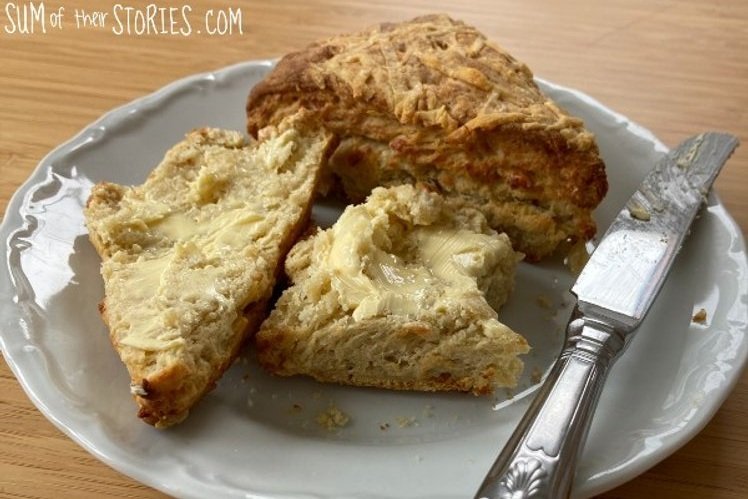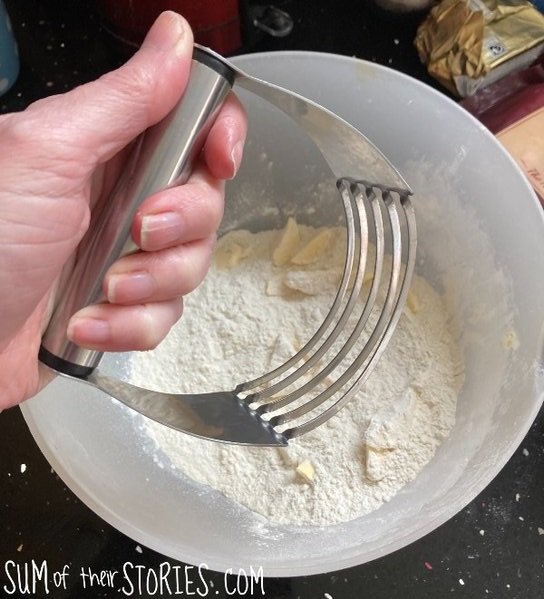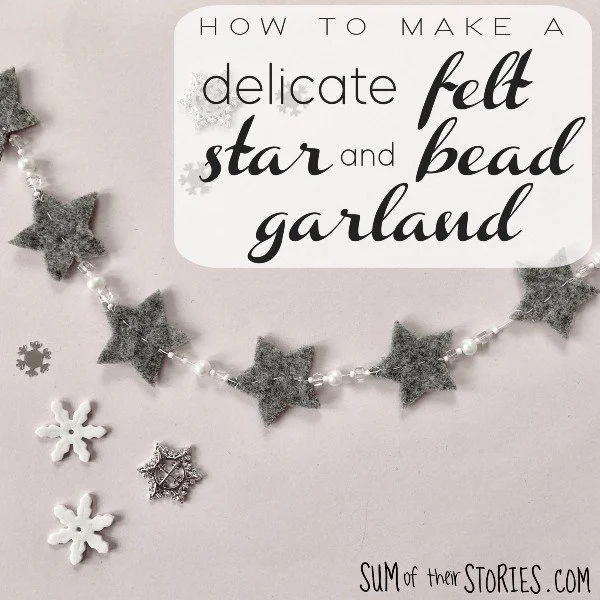Easy Cheese Scones
/I love cheese scones! I love all kinds of scones actually but cheese scones are probably my favourite.
I usually use the recipe that my grandma and mum used, which I’ve shared below. Traditionally I would cut them using a large square cutter and then cut each square in half to make a triangle. In my house sweet scones are round and savoury ones are triangles. It’s just what we’ve always done!
These scones are my contribution to the Sustainable Pinterest Challenge. Each month I join a group of creative bloggers and we take a pin or two from our Pinterest boards and give it a go, bring in a sustainable, eco friendly twist. This month our theme is RECIPE. Stay with us at the end of this recipe to see what everyone else has to share with you this month.
Scones are my go to when we have milk on the turn. My mum did exactly the same, as did her mum before her. When the milk forms those tiny fatty dots in your tea or coffee you don’t want to be drinking it or putting it on your cereal.
Ewww! It is however perfect for scones, apparently the acid helps them rise. I just want to make it clear we are talking about milk on the turn NOT milk that is completely off, stinking to high heaven and full of lumps! You are best to throw that away. But the milk that is just “on the turn” (I don’t know if that expression translates internationally?) is fine to cook with. You can use it for pancakes too.
When you make scones it’s best to keep handling to a minimum so when I saw this pin to make scones more simply, by rolling them into a simple round and the cutting wedges to bake them, I thought it was genius. So I’ve tried this method with my old favourite family cheese scones recipe - it wasn’t as ideal as I hope, we’ll get to that in a moment!
Before making these cheese scones I did a little research to see if scones are a well known thing all over the world. Here in the UK it’s an integral part of an afternoon tea, I’d actually question if it’s even a proper afternoon tea of there are no scones! They make a great snack or light lunch too, perfect in a lunch box or for a picnic. Traditionally scones are either plain, rich (with dried fruit in them) or cheese. You’ll find all kinds in an afternoon tea but I think the fruity ones are probably most popular. The plain and fruity ones are served with jam and clotted cream (or regular whipped cream at a push if proper clotted cream is not available) and cheese scones are served with butter.
They are a bit like a southern US biscuit. I read online that the difference between scones and biscuit is that scones have egg in them. I’m afraid I must disagree! My family scone recipe doesn’t have egg in it. I know sometimes people put egg in them and that’s perfectly fine but that’s not the main difference, it can’t be otherwise these wouldn’t be scones and they are! I gather a scone is supposed to be a bit more fluffy, a biscuit will be slightly more dense? I’m not sure. Maybe they are exactly the same, maybe not. I’ve never been to southern America and never eaten their biscuits so I can’t comment. I have however, eaten a great many scones over the years!
The other controversy around scones is how to pronounce them. Scone to rhyme with gone or scone to rhyme with bone? It’s mostly a north/south thing here in the UK. I live in the midlands and most definitely say it in the “rhymes with gone” way.
Anyway, enough history, let’s get on with the scones. My nan always said 10 minutes to make, 10 minutes to bake. Unfortunately this only works if you are a speedy cook and your scones are small!
These ingredients I’ve used are what we have available here in the UK and may not be the same everywhere.
Self Raising flour or SR flour is like all purpose flour but with a little raising agent already added, so if you are using all-purpose you’ll need to add more baking powder.
Talking of which, do you have baking powder where you are? It’s a mix of bicarbonate of soda(baking soda) cream of tartar and cornflour.
Do you have baking block in your part of the world? It’s a block very similar to butter but made from vegetable fat. Just use butter if you don’t have anything similar, a soft spreading margarine type thing will NOT work!
Cheddar! I know it’s a very British thing but it is the best!! You need a good strong cheese, something with a bit of flavour.
Easy Cheese Scone recipe
Makes 8 large scones
350g SR flour (or all-purpose flour with 2 tsp of baking powder)
1/4 tsp salt
1 tsp baking powder
85g butter or baking block
1 tsp mustard powder
100g grated cheddar
175ml milk - ideally milk that is just turned/sour. If not add a splash of lemon juice to sour your milk
Oven temp: 220c ( 420f / gas 7 )
Preheat your oven, lightly grease a baking tray.
In a large bowl mix the SR flour, salt, baking powder and mustard powder. Add the butter or baking block, chopped into small pieces and rub in.
I like to use a rubbing in device like this one (official name Pastry Blending Tool apparently) quicker and much less messy, but you rub in by hand in the old fashioned way of course.
Stir in the grated cheese, reserving just a little for the top.
Add the milk and mix.
Lightly knead until the mix comes together. DO NOT overwork it.
Form it into a ball and roll out to approx 1” thick.
Cut into wedges and the sprinkle with the remaining cheese.
At this point I popped it into the oven as it was and baked it for 15 minutes. This was when I realised that my pin was a bit of a fail. The outside was lovely and golden but the inside was still raw. I cut the wedges to separate them, turned them all round and baked them for a further 10 minutes.
I love the easy, “limited handling” idea of shaping the scones with way but leaving them all together was a big mistake. I would recommend separating them after they’ve been sprinkled with cheese so they are evenly spread across the baking tray. They will bake in 15-18 mins that way.
Once the scones are baked transfer them to a wire rack to cool slightly and then pull them apart and spread with butter ideally whilst they are still warm. Delicious!
You can freeze these scones, defrost them thoroughly and then warm them for a few minutes in the oven.
Adapt this recipe to make smaller scones
If you’d like to make more smaller scones just divide the mix into 2 before rolling it out and then cut each round into 6. I’d still say you are best to separate the wedges before baking but remember the smaller your scones are the quicker they will bake.
Or you can use a large square cutter and then cut each square in half to make triangles. When I make cheese scones using this method (my square cookie cutter is 2.5” square) I get about 18 small scones from this mix - and this small size really does only take 10 minutes to bake.
So my conclusion is that:
a) I still think this is a great cheese scones recipe
b) the pin idea to form wedges is a good one as long as you seperate the wedges before baking!
c) making scones is a fantastic way to use up milk that has just turned
Now let’s check out what Pinterest inspired recipes my fellow creative bloggers have some up with for their sustainable pinterest challenge.
Julie | Sum of their Stories | Easy Cheese Scones (that’s this idea!)
Terri | A Good Life| Strawberry Champagne Pie
Gail | Purple Hues and Me | Leftover Ham and Cheese Frittata
Mel | Decor Craft Design | Cake Decor with Strawberry Roses
Ann | The Apple Street Cottage | Recipe Cabinet Redo
Marianne | Songbird | DIY Recipe Box
Julie | Just Winging It | Steak and Eggs
Lydia | Life Beyond the Kitchen | Creating a Sustainable Lunch Box
I’ll be sharing this recipe at some of these link ups



























